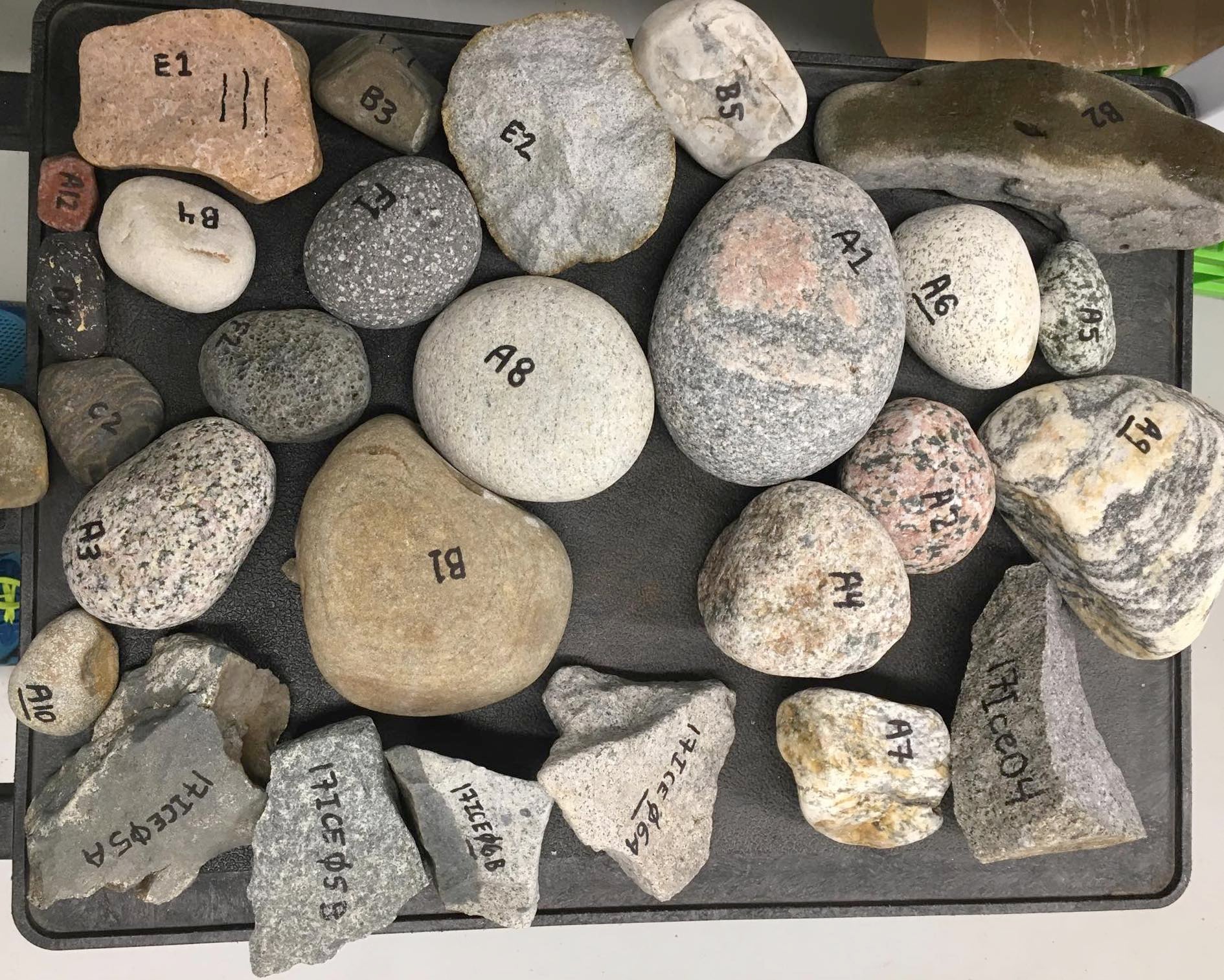
Scientists have uncovered evidence that sheds light on a little-known ice age that may have contributed to the decline of the Roman Empire.
"Unusual rocks," discovered in Iceland, are believed to have been carried by icebergs travelling from Greenland sometime between 540 and 800 AD.
This period of intense, rapid cooling, known as the Late Antique Little Ice Age, coincided with the crumbling of Roman power.
Researchers suggest this climatic shift may have been the final blow to the already weakened empire.
The ice age is thought to have been triggered by three major volcanic eruptions, the resulting ash clouds blocking sunlight and causing a drop in global temperatures.

A University of Southampton spokeswoman said: “Historians have long debated the role of climatic cooling in the fall of the Roman empire.
“This new research strengthens the case that a brief but intense period of cooling may have kicked an already declining empire and played a key role in inciting the mass migrations that reshaped Europe in this period.”
Tom Gernon, professor of earth science at the University of Southampton and co-author of the report, published in the journal Geology, said: “When it comes to the fall of the Roman empire, this climate shift may have been the straw that broke the camel’s back.”

Dr Christopher Spencer, associate professor at Queen’s University in Kingston, Ontario, Canada, and lead author of the research, said that the team, which also involved the Chinese Academy of Sciences in Beijing, analysed the age and composition of the rocks found on a raised beach terrace on Iceland’s west coast
He said: “We knew these rocks seemed somewhat out of place because the rock types are unlike anything found in Iceland today, but we didn’t know where they came from.”
The analysis involved examination of tiny mineral crystals called zircons, locked inside the rocks, which enabled the team to pinpoint their source.
The scientists were able to locate the source to specific regions of Greenland.
Dr Spencer said: “This is the first direct evidence of icebergs carrying large Greenlandic cobbles to Iceland.”
Prof Gernon added: “The fact that the rocks come from nearly all geological regions of Greenland provides evidence of their glacial origins.
“As glaciers move, they erode the landscape, breaking up rocks from different areas and carrying them along, creating a chaotic and diverse mixture, some of which ends up stuck inside the ice.”
He said that the study showed that the “ice-rafted” rocks were likely deposited during the 7th century.
Prof Gernon said: “This timing coincides with a known major episode of ice-rafting, where vast chunks of ice break away from glaciers, drift across the ocean, and eventually melt, scattering debris along distant shores.”
Dr Spencer added: “What we’re seeing is a powerful example of how interconnected the climate system is. When glaciers grow, icebergs calve, ocean currents shift, and landscapes change. Climate-driven iceberg activity may have been one of the many cascading effects of rapid cooling.”
King and Queen join tourists on visit to Colosseum
As a future of US foreign aid cuts comes into focus, so do efforts to respond
Meet the first dire wolf in 10,000 years as scientists ‘bring species back’
Remains of three children found at ancient sacrifice altar hidden in jungle
Breakthrough in mystery of life-size sculptures uncovered in Pompeii tomb
Discovery of ancient garden beneath Jesus’ burial site backs up Biblical account







